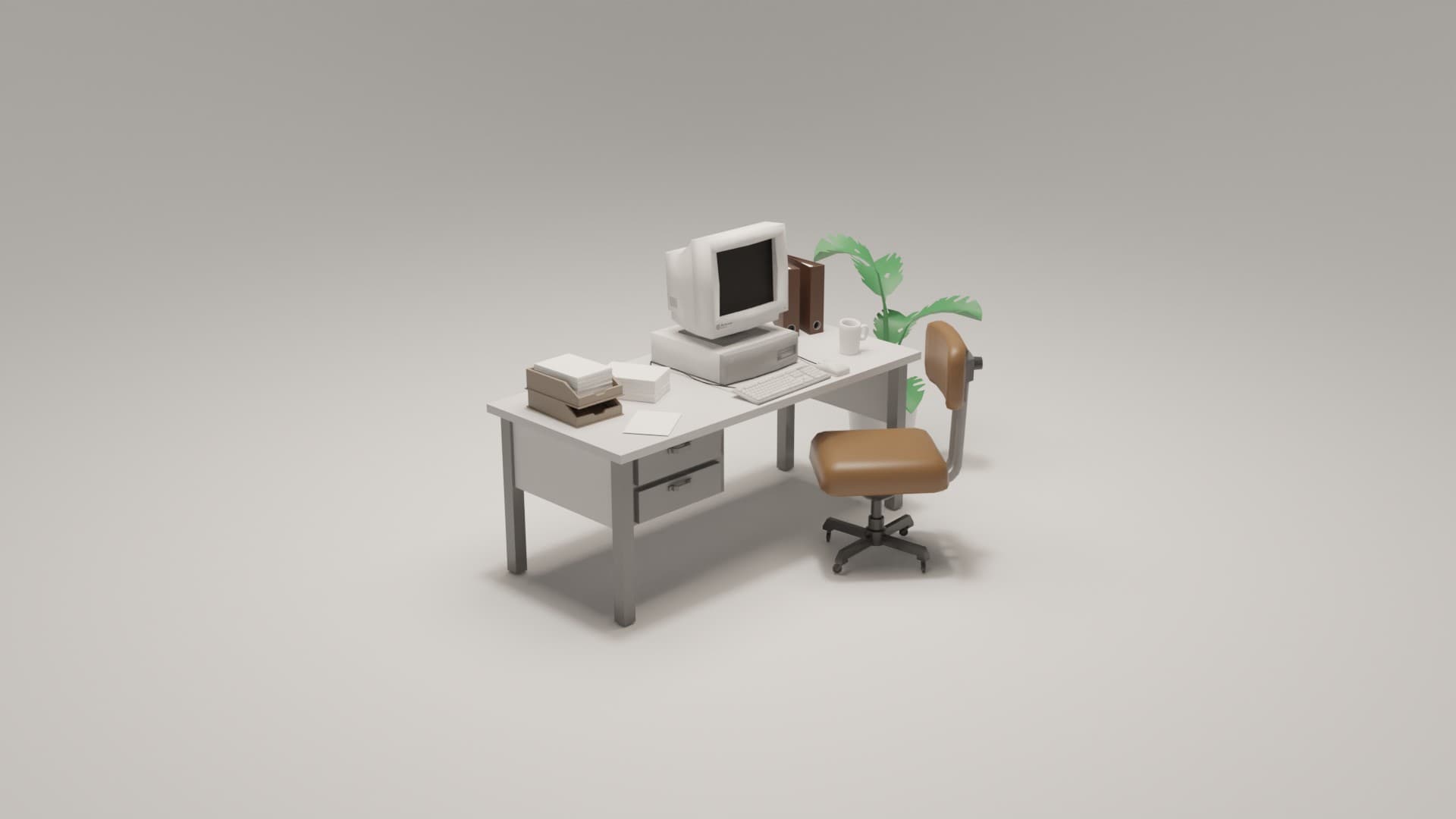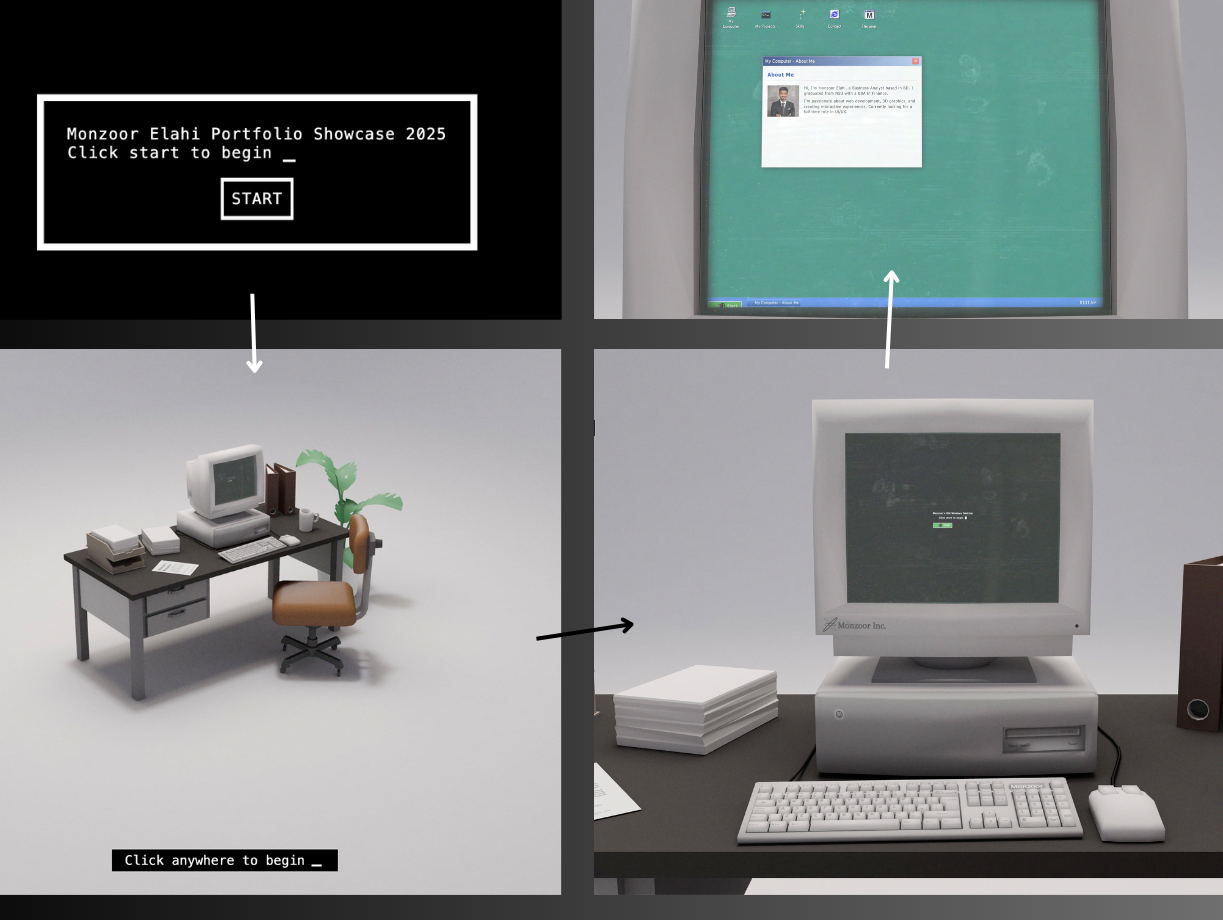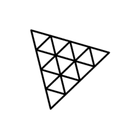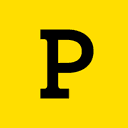My Work & Projects - 3D Portfolio
it is an unique portfolio showcasing both 3D and retro OS aesthetics.
- Industry
- 3D Web
- Year
- Service
- 3D application

Challenge
Creating a 3D portfolio using Three.js presents several challenges:
-
Performance Optimization – Ensuring smooth rendering across devices requires efficient asset management, level of detail (LOD) techniques, and performance tuning (e.g., reducing draw calls, optimizing shaders, using instancing).
-
Loading Times – Large textures, high-poly models, and complex scenes can increase load times. Techniques like lazy loading, texture compression, and GLTF optimization help mitigate this.
-
Interactivity & UX – Balancing aesthetic appeal with usability is tricky. Users need intuitive navigation, responsive controls, and smooth interactions without overwhelming complexity.
-
Cross-Browser & Device Compatibility – WebGL performance varies across devices. Handling different screen sizes, input methods (mouse, touch, VR), and performance capabilities is crucial.
-
State Management & Animations – Managing scene changes, animations, and user inputs efficiently requires careful architecture, possibly using React Three Fiber for a React-based project.
-
SEO & Accessibility – Search engines struggle with indexing 3D content. Implementing progressive enhancement, metadata, and alternative navigation helps improve visibility and usability.
-
Hosting & Deployment – 3D assets can be large, requiring a content delivery network (CDN) or cloud hosting to ensure fast access.
Why It is Unique?

High level architecture of the Portfolio.
3D websites can be unique in ways that go beyond aesthetics and interactivity.
Unlike 2D layouts, which present information in a fixed order, 3D environments allow users to explore at their own pace. This freedom of movement creates an emotional connection—akin to entering a physical space rather than just viewing a screen. For example, a 3D portfolio can feel like walking through an artist’s personal gallery, making the experience intimate and memorable. The way a 3D website positions objects, controls camera movement, and guides user focus can subtly influence emotions and behavior. A site can make a user feel small or grand, overwhelmed or at ease, by adjusting scale, depth, and navigation speed. Imagine a cybersecurity website where the user feels like they’re floating in a vast, dark void—subconsciously reinforcing the importance of protection.
Most websites are confined to flat, rectangular screens, reinforcing a rigid, structured way of interaction. A 3D site breaks this mold, letting users interact with information organically—zooming in, rotating around objects, or experiencing content from multiple angles. This disrupts the passive consumption model of 2D websites and turns it into a tactile, multi-dimensional engagement.
High Engagement & Interactivity Users can explore content dynamically rather than just scrolling, making interactions feel more personal and engaging.
Memorability & Differentiation A well-executed 3D website stands out, making it more memorable compared to conventional designs. This is especially useful for portfolios, product showcases, or creative agencies.
Storytelling & Branding A 3D environment allows brands to create unique narratives, guiding users through a virtual space rather than presenting static content.
3D websites can be unique because they offer an immersive, interactive, and visually engaging experience that traditional 2D websites can't match.
Technologies

HTML5

CSS3

JavaScript

ReactJS

NextJS

TailwindCSS

NodeJS

ExpressJS

MongoDB

ThreeJS
DigitalOcean

Git

Github

Docker
